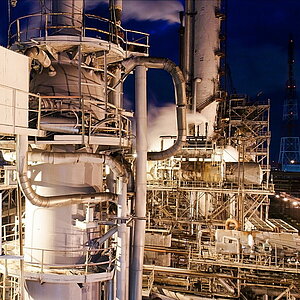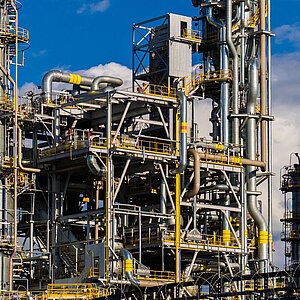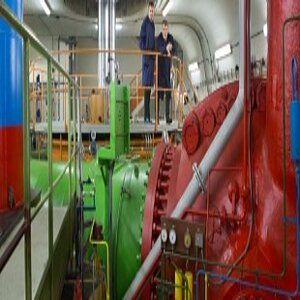Peru’s pioneering approach to reducing N2O: together for climate action
![[Translate to English:]](/fileadmin/_processed_/b/e/csm_2023043_NACAG_AdobeStock_162896684_Alexsei_ef89c52f48.jpeg)
Thanks to a partnership between the domestic nitric acid industry, the government and the Nitric Acid Climate Action Group (NACAG) financed by the International Climate Initiative (IKI), Peru is making significant progress in reducing nitrous oxide emissions.
Nitrous oxide (N2O) is one of the most damaging greenhouse gases driving climate change and is 273 times more potent than CO2. The gas is created as an unwanted by-product during the manufacture of nitric acid, a key component in the production of mineral fertilisers. Although the technical means to avoid these emissions are relatively simple and inexpensive, most nitric acid plants worldwide are not equipped with the necessary systems.
The NACAG is creating incentives worldwide for the long-term reduction of nitrous oxide emissions and promoting the rollout of the technology needed. To qualify for a grant from the NACAG, a partner country must commit to the long-term, climate-friendly regulation of the entire sector.
Peruvian industry is a leader in N2O reductions
ENAEX, Peru’s only nitric acid producer and pioneer within the NACAG, is implementing proactive measures thanks to its independent installation of N2O reduction systems. At the same time, the Peruvian government is working with the NACAG to develop a comprehensive framework for the long-term monitoring and permanent regulation of emissions. This aims to achieve an annual reduction of 33,000 tonnes of CO2, which is equivalent to the emissions produced by roughly 14,000 one-way passenger flights from Lima to Berlin.
Peru’s government strengthens measures for climate change mitigation
In July 2021, the Peruvian Ministry of Production (PRODUCE) and the Peruvian Ministry of the Environment (MINAM) signed a Statement of Commitment to the permanent reduction of N2O emissions as a result of nitric acid production. In addition, Peru has also included the nitric acid industry in its nationally determined contributions (NDCs), which is a key step towards achieving its climate targets and raising its climate ambition.
The production and environment ministries are also developing national policies that will ensure a permanent reduction of nitrous oxide emissions from the country’s nitric acid production over the long term.
International cooperation
This partnership between the NACAG, the Peruvian government and ENAEX is an example of the successful international cooperation being achieved in tackling climate change. The project shows how partner countries can be supported in their efforts to raise their climate ambition and how the long-term climate performance of the manufacturing sector can be improved by the use of German environmental systems.
Other countries are following Peru’s lead and have also signed the NACAG Statement of Commitment: Argentina, Columbia, Georgia, Jordan, Mexico, Thailand, Tunisia, Uzbekistan and Zimbabwe. The reduction potential in these countries amounts to around 3 million tonnes of CO2 equivalent every year.
The link has been copied to the clipboard
Contact
IKI Office
Zukunft – Umwelt – Gesellschaft (ZUG) gGmbH
Stresemannstraße 69-71
10963 Berlin















